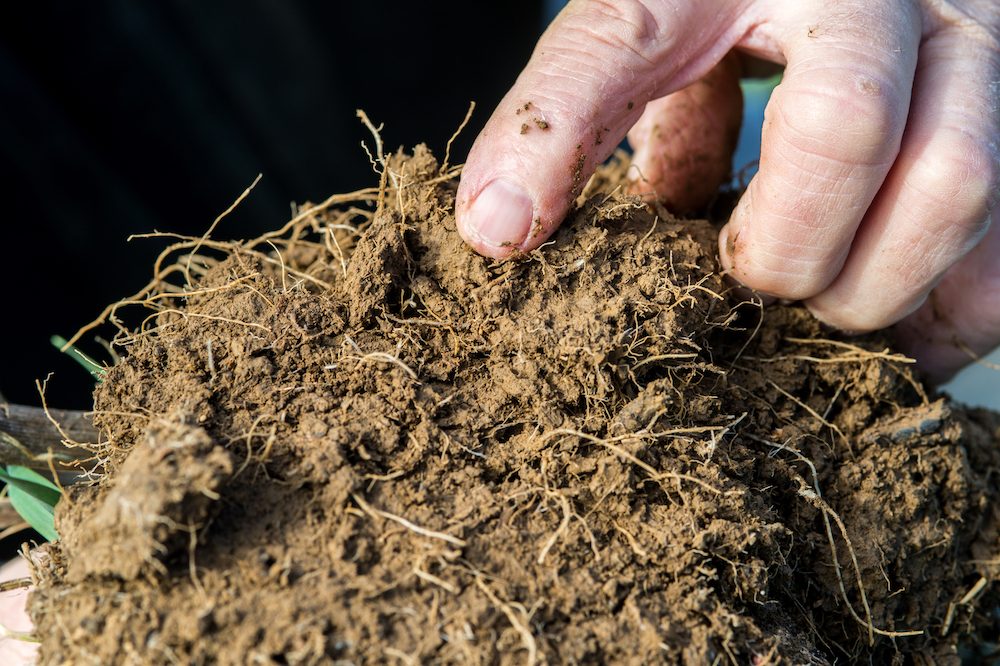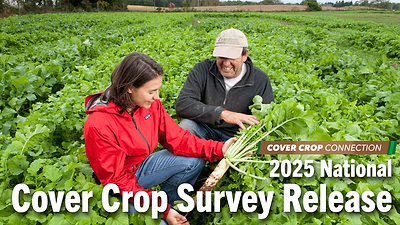Farmers ask a lot of the soil. But they’re also seeking to take care of the soil, according to the results of Cover Crop Strategies’ 2021 Cover Crop Benchmark Study.
The study asked growers the 3 most important reasons they seed cover crops. Improving soil biology took the top spot for 26% of growers, followed by reducing soil erosion for 21%. Increasing soil organic matter was the number one reason for 14% of survey respondents.
The top 3 reasons have not changed since the 2020 study but improving soil biology passed reducing soil erosion as the most important reason. The number of growers who say increasing soil organic matter is most important was down 4 percentage points from the 2020 Benchmark Study.
According to veteran cover crop advocate Gabe Brown, who farms 5,000 acres in Bismarck, N.D., grazing livestock is an excellent way to help improve soil biology.
“If you have livestock on a living cover crop and they bite that plant, that plant will release root exudates in order to regrow,” explains Brown. “That will attract soil biology that feeds the plant to grow even more, producing more root mass. About two-thirds of organic matter increase will come from roots.”
The 2021 Cover Crop Benchmark Study also asked growers about their biggest management challenges. Improving the soil appears to be growers’ primary goal with covers but fitting them into their operation can be difficult.
Time/labor and a short growing season tied for the biggest management challenge growers have with cover crops, coming in at 18% of responses each, followed by seed costs at 7%. Those challenges were ranked second and third in the 2020 Benchmark Study.
Because there are only so many hours to get field work done, it’s critical for growers to think about ways to maximize their efficiency when seeding or terminating covers. Growers should consider all the options available to them, such as planting green.
According to a recent article from the University of Nebraska, growers found it was easier to plant green than to plant into decomposing cover, and their corn crop tended to look better. Choosing to plant green takes patience and flexibility, according to grower Matt Griggs, Humboldt, Tenn., who farms 1,600 acres of cotton, cereal grains, corn, and soybeans.
“One thing I’ve found is cover crops will magnify any weather problem you have following planting,” says Griggs. “If it’s cool and wet after planting in a no-till situation, it’s going to be even more cold and wet with a cover crop. One way I’ve mitigated that is waiting to plant. In a lot of cases, I’m planting 2 weeks later than my neighbors, because I’m waiting for a window for favorable conditions.”





